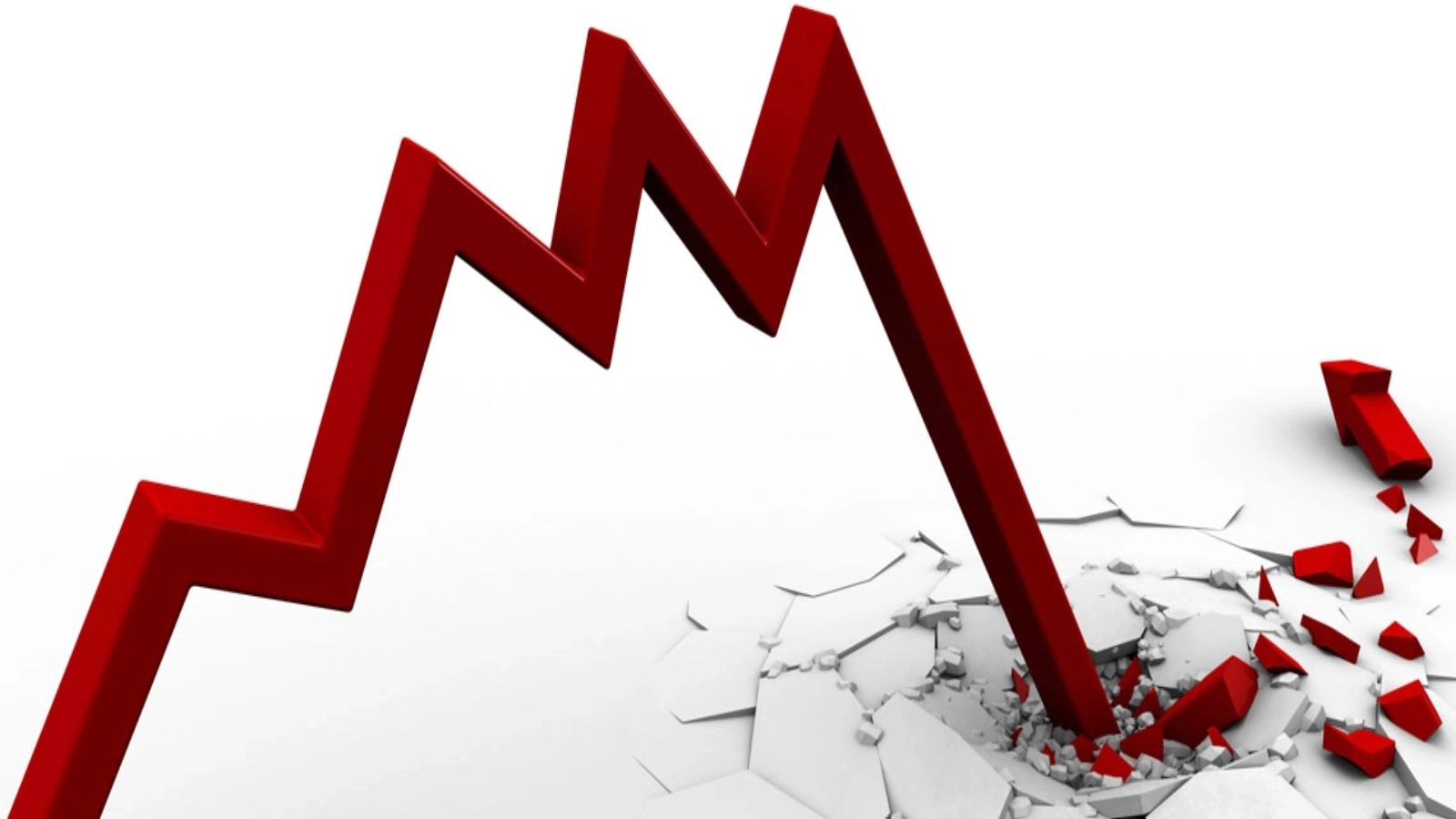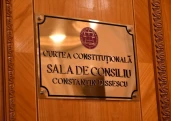Structural budget deficit, probably over 5.5% of GDP (report)
The structural budget deficit is probably over 5.5% of the GDP at present, and last year the budget deficit (ESA) was around 6.2%, according to the Convergence Analysis Report "Romania - Euro Area MONITOR" no. 13/2023, coordinated by academician Daniel Daianu, told Agerpres.
"The budget deficit is the main macroeconomic challenge. Now, the structural budget deficit is probably above 5.5% of the GDP. Last year, the budget deficit (ESA) was around 6.2%, and this year, in the absence of clear and credible measures, the deficit would be higher. The size of the structural deficit is also to be judged in relation to public investment, which has typically been between 5-6% of the GDP over the last decade. If we exclude EU budget funds from public investment, we see that the deficit would be almost the double of capital expenditure. This is a situation that must give many people pause for thought. Public debt is around 50% of the GDP, not high compared to the EU average (where it is over 80% of the GDP), but much higher than 15 years ago (when it was 15% of the GDP). Debt may become increasingly threatening if the deficit is not reduced, especially as monetary policies have tightened considerably in the US and Europe, which is influencing conditions on financial markets. The budget deficit target of 4.4% of the GDP in 2023 was not realistic given the economic environment and the construction of the budget. A reduction in the budget deficit from over 6% to 3% of the GDP is considerable and is equivalent to a reduction of over 3% of the GDP in domestic absorption; this necessary correction would allow for an equivalent reduction in relative terms of external financing needs," the Report reads.
According to the quoted source, an adjustment of this magnitude is difficult, and the effort (cost) should be as fairly distributed as possible.
According to the document, the budget deficit problem is compounded by the external balance imbalance, with a current account deficit that last year exceeded 9% of the GDP; this year it will probably be below 8% of the GDP, amid an improvement in the external terms of trade.
"It is to be assumed that a reduction of the structural budget deficit below 3% of the GDP would bring the current account deficit to 5% of the GDP. The development of domestic tradable production (exportable and importable goods) would bring the current account deficit lower. It would be good if the correction programme announced by the government allowed the budget deficit to be around, even below 5.5% of the GDP, and the decline to continue in 2024. It is difficult to achieve this objective because, it is worth repeating, a large correction cannot take place without costs. And the adjustment cannot be made only on the expenditure side; it also requires increases in budget revenues - as noted by many economists, analyses by international financial institutions, the EC, the Fiscal Council. The 2-3 year correction will be a severe test for the Romanian society, which should not enter into a 'distributional war,' the signs of which are already visible. No matter how much the economy is dominated by individual and group interests, by the desire for profit, solidarity and perception of society's interest are needed, from the perspective of an implacable external financial constraint," the document says.
The report's authors argue that Romania needs tax revenues to reach, over time, close to the average of those in the region - 34-35% of the GDP in the Czech Republic, Hungary and Poland, 31% in Bulgaria.
"In Romania they are at the lowest level in the EU, 27% of the GDP in 2022 (Ireland is a tax haven and out of the question). Not only to better finance vital sectors for the economy and society (for instance education and health), but also to respond more effectively to future shocks from climate change, pandemics, other security threats etc. Much better tax revenue collection, higher non-tax revenues (including increased royalties), a rethinking of the tax system to make it fair (it is now regressive, with lower income earners generally paying proportionately more), more efficient public spending and cutting waste can help achieve this. European funds represent a 'gold lump,' which can mitigate the costs of macroeconomic adjustment, facilitate the necessary reforms (including the modernisation of the Romanian state), ease the financing of the balance of payments, increase the competitiveness of national production. However, European money cannot prevent the need for correction. Nor can the National Bank of Romania be an institutional and public policy substitute for what fiscal/budgetary adjustment entails. If the fiscal/budgetary adjustment takes place, or with an extended horizon towards 2025, Romania can enter the ERM2 in 2026-2027 and join the euro area towards the end of this decade," the document says.
































Comentează